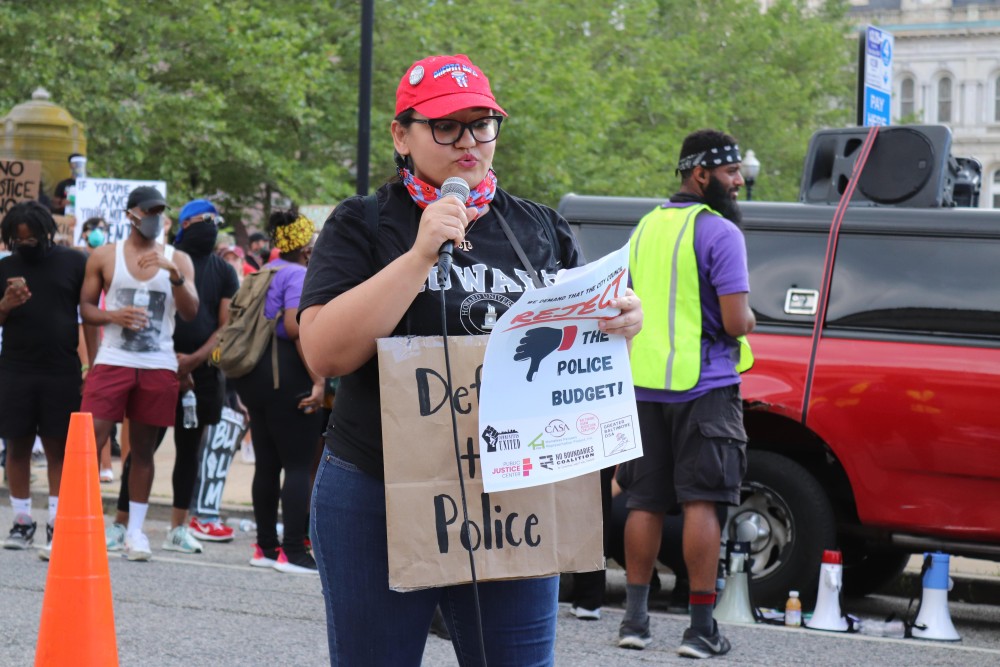Police budgets used to be untouchable. The ‘defund’ movement is changing that.

While smoke still billowed from buildings in Minneapolis and pepper spray choked the air from Los Angeles to New York, a movement to reshape policing coalesced around a demand conveyed in hashtags and spray paint.
“Defund the police” was a rallying cry and a policy prescription long before the killing of George Floyd ignited protests in all 50 states. But as the demonstrations continued, the once obscure idea gained support with the public and a number of city leaders.
Police budgets have been a third rail of municipal government. Their numbers have risen so routinely that cumulative spending on state and local law enforcement now surpasses $115 billion a year. And even progressive mayors who campaign on police reform and racial reconciliation, like New York’s Bill de Blasio, can wind up pouring more money into their police departments while in office.





